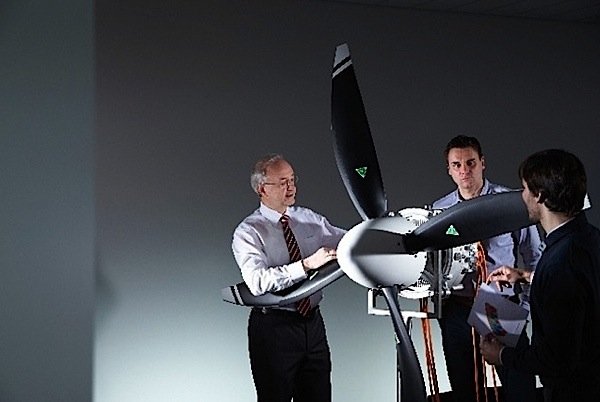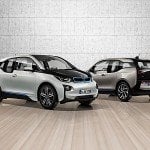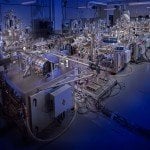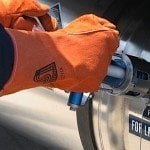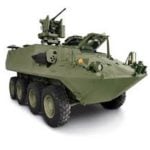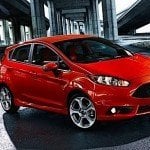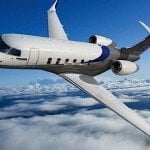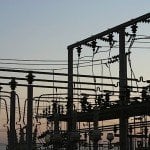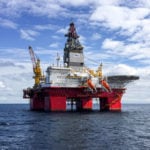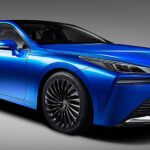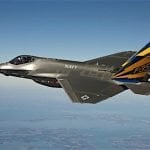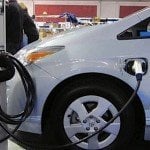Last year, Airbus revealed that it had a working model of an electric aircraft. The Airbus E-Fan is a small, lightweight twin-engine, two-person craft that Airbus said it created to serve as a model for the next generation of large electric planes. Airbus is reported to be planning a 90-seater jet using electric propulsion. Meanwhile, the E-Fan, which weighs just 500 kilograms and has a wingspan of less than 10 metres, can fly for up to an hour with zero emissions. Powered by heavy, 250V lithium-ion batteries, the craft is built entirely of carbon fibre to keep the weight down.
Now Siemens, which has been working on electric propulsion systems with Airbus, has announced that it has made further progress in the search for viable electric flight. The German company’s Corporate Technology eAircraft division has developed an electric aircraft motor five times more powerful than existing electric motors. The German team that developed the motor, which weighs just 50 kilograms, claim that it has a power-to-weight ratio of 5kW per kilogram. This means it can generate around 250kW of power. The usual weight-to-power ratio in industrial electric motors is 1kW per kilogram.
The Siemens motor has a rotational speed of 2,500 revolutions per minute. This allows it to drive propellers directly, a Siemens spokesperson said, without the use of a transmission. It could allow an aircraft weighing up to two tonnes to take off, something that has not been possible previously. The company is already working on a hybrid electric aircraft with four or more seats, but that is not the limit of the technology. Frank Anton of Siemens eAircraft said that hybrid electric drives in regional airliners carrying 50–100 passengers were a real possibility in the “medium term.”
The new motor will be flight tested later this year. Meanwhile, Siemens researchers continue to work on boosting engine power output even further. Key to the long-term success of electric flight will be further improvements in battery technology.

